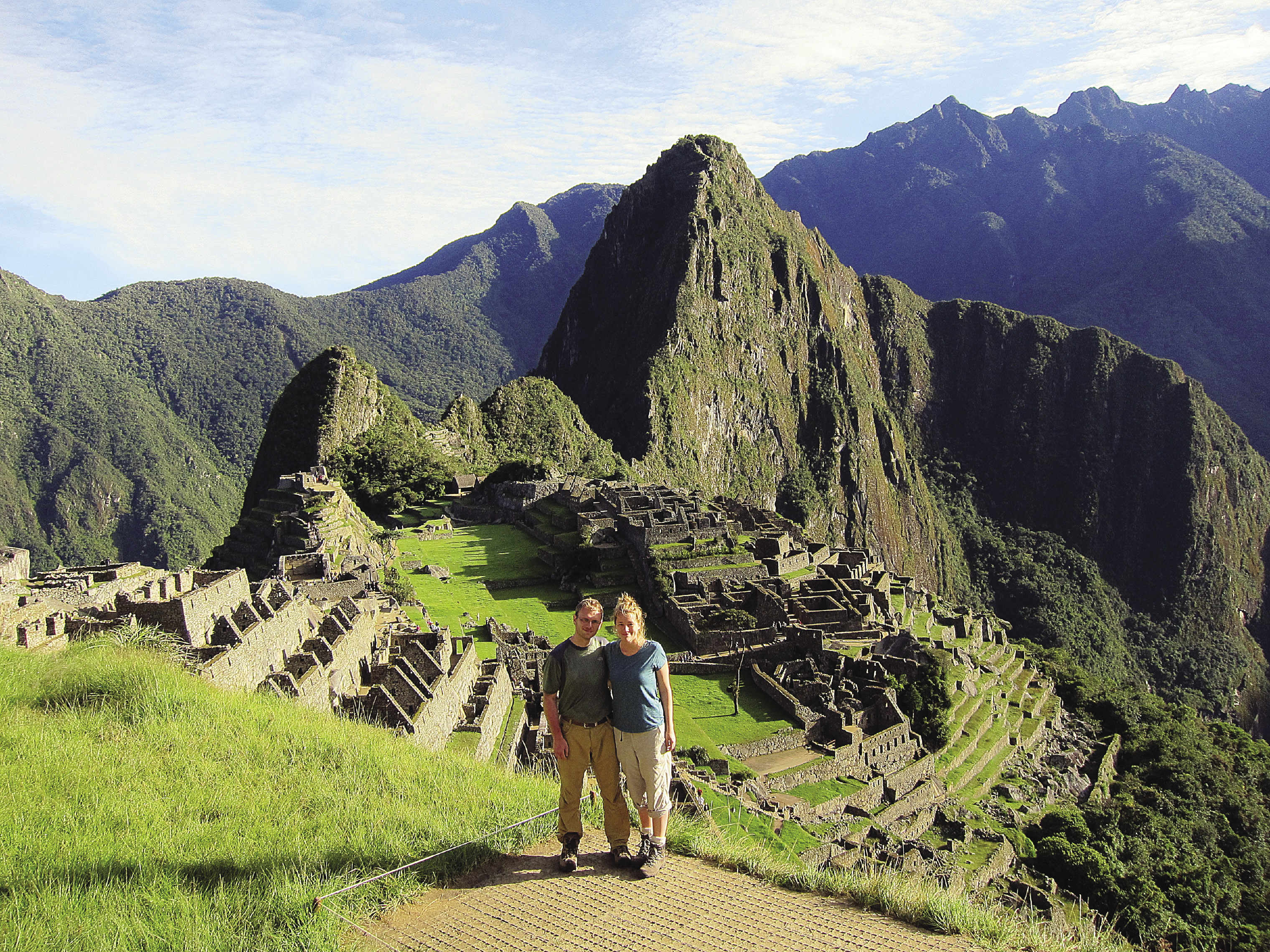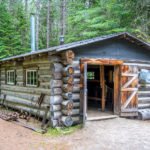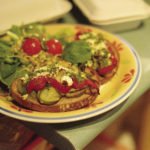The author [right] and her husband Matt reach Machu Picchu after a four-day hike. | MICAELLA PENNING
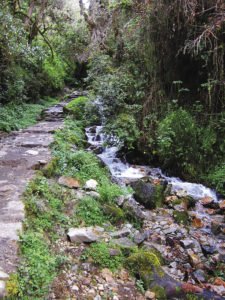
We stopped at a trail-side shack with a roof made of straw, where a woman had piles of tuna fruit (I later learned their English name: prickly pear).
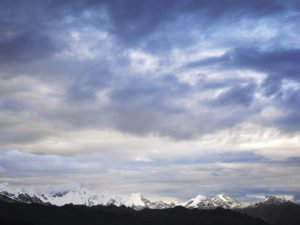
Thick fog ensconced our campsite at Chaquicocha when we straggled in that night, long after everyone else. I gobbled down pain medications, wrapped my knee in a lacey white cloth bandage, and inspected the grape-like blisters blooming on my feet. Frogs erupted simultaneously into song as darkness came, croaking and creaking all night long. Rain thundered against our tent. By morning, what had been empty grayness the night before was now a deep, expansive valley leading to snowy peaks, illuminated against a glowering sky.


